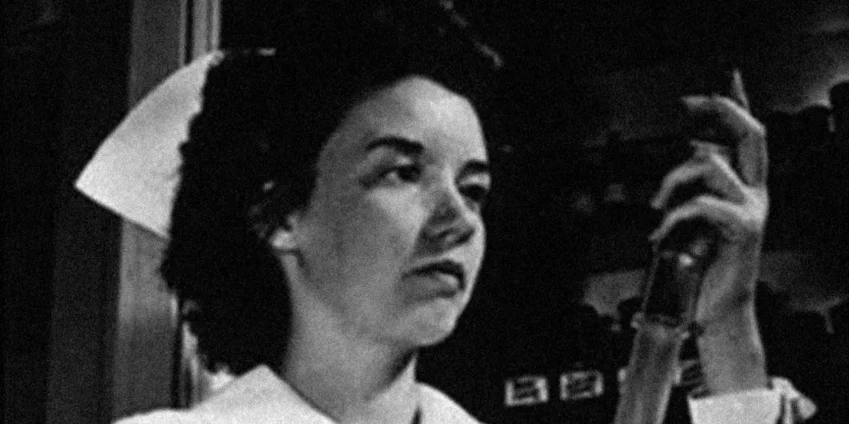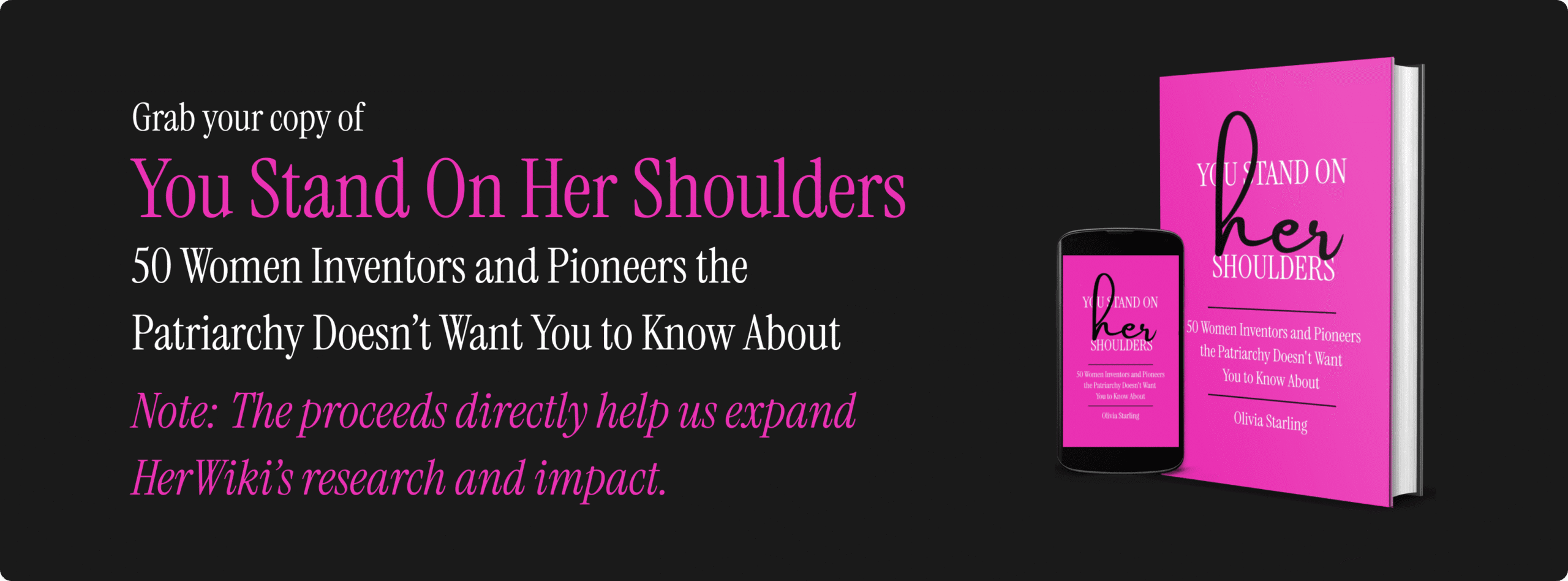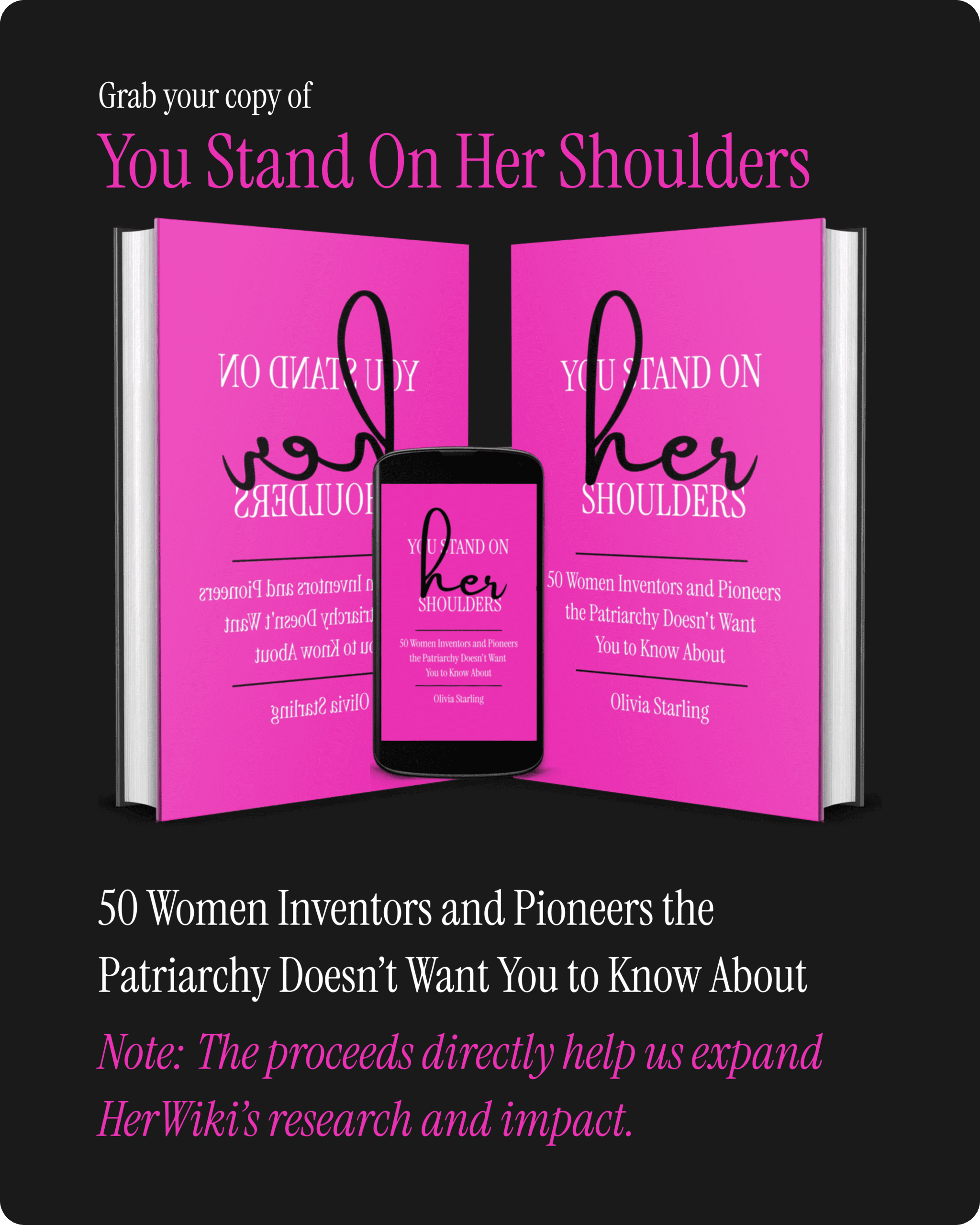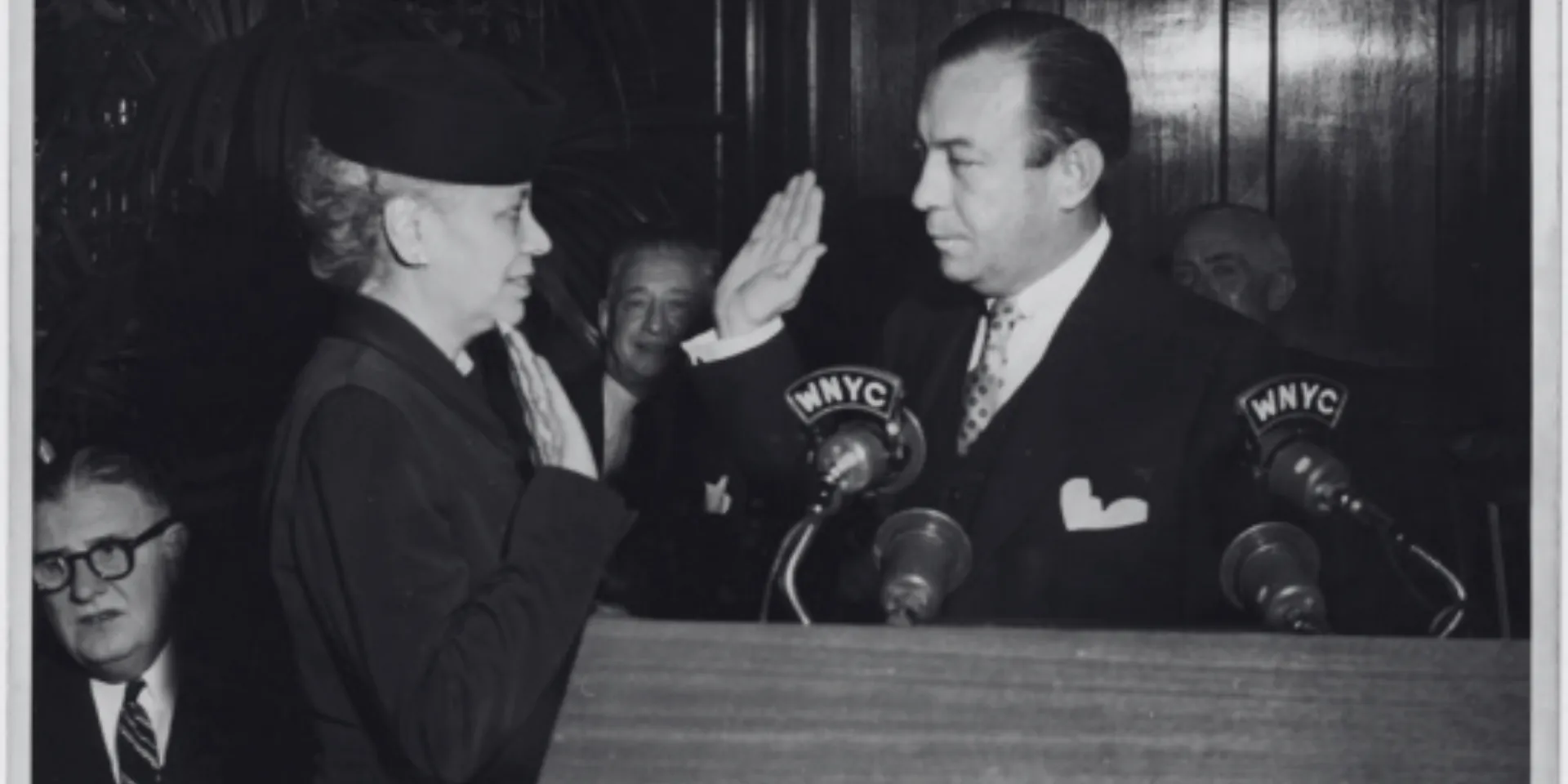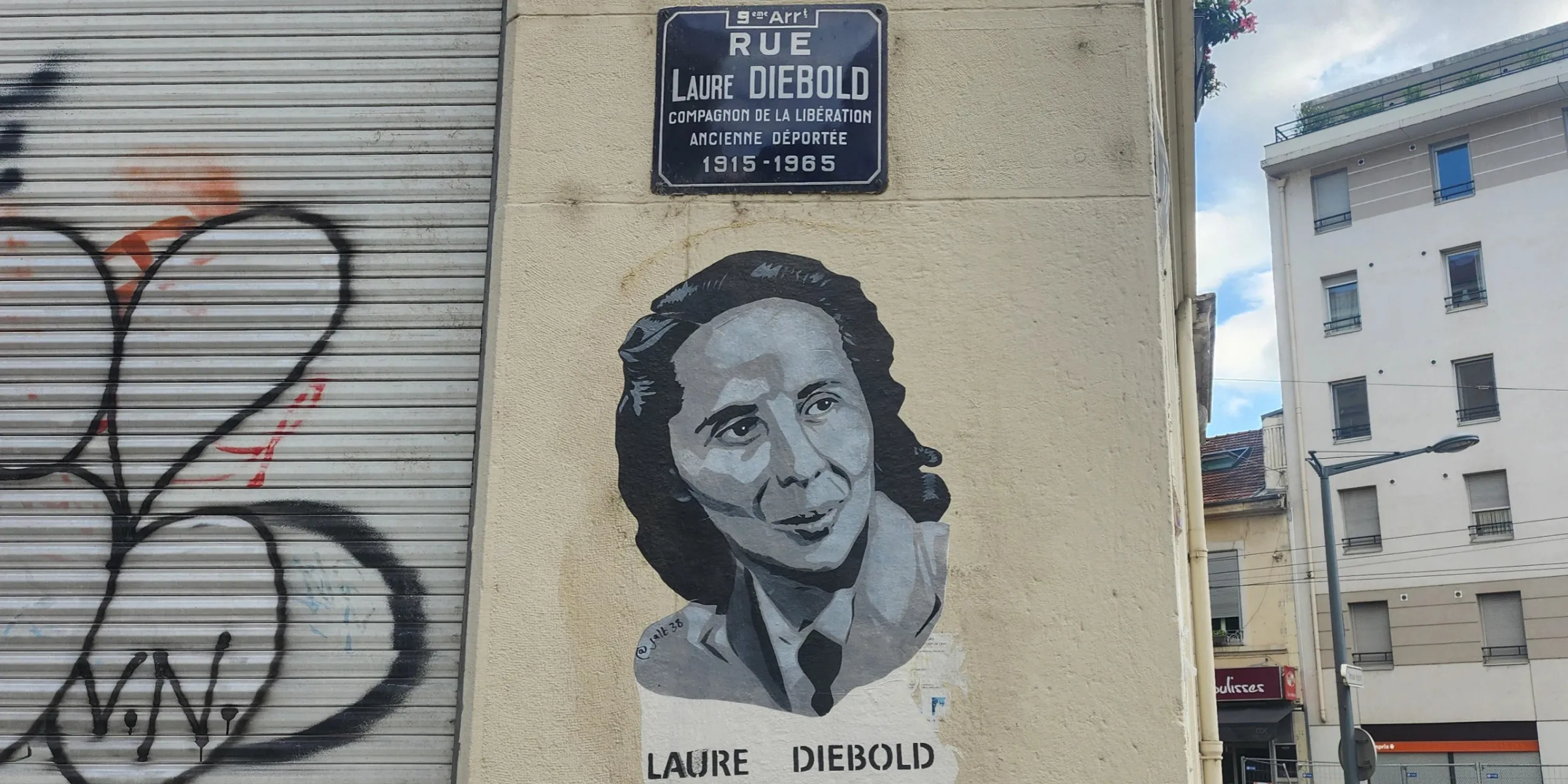Contents
ToggleEvery medical procedure today relies on a tool so basic that most people never think about its history. The one-handed syringe sits in hospitals, clinics, and doctor’s offices around the world. Doctors and nurses use it thousands of times daily without considering how different medicine would be without it.
Before 1896, medical injections were clumsy, dangerous procedures that often required two people and frequently led to infections. One American nurse changed all of that with a simple but brilliant design that made medical care safer for millions of people.
Letitia Mumford Geer had one goal in mind—she wanted to make her job easier and her patients safer. But her practical solution to an everyday medical problem would become the foundation for every syringe used in modern healthcare.
Growing Up in New York’s Changing World
Letitia Mumford was born in 1852 in New York City to George Warren Geer and Cornelia Matilda Mumford. Her family lived through one of the most dramatic periods in American history. The Civil War ended when she was thirteen, and the country was rebuilding itself with new technologies and social changes happening everywhere.
New York City in the 1850s and 1860s was a place where old ways of doing things were constantly being challenged. The city was growing rapidly as immigrants arrived from Europe and people moved from farms to find work in factories. Medical care was primitive by today’s standards, but it was improving faster than ever before.
Letitia grew up as one of four children in a family that valued education and hard work. This was unusual for the time, when many people thought girls didn’t need much schooling. But the Geer family believed all their children should learn to think for themselves and solve problems. This background would prove crucial to Letitia’s later innovations.
The neighborhood where Letitia grew up was full of small businesses and workshops where people made things by hand. She watched craftsmen constantly trying to improve their tools and methods. This environment taught her that if something didn’t work well, you could usually figure out how to make it work better. She learned to look at everyday objects and think about how they could be improved.
During her teenage years, Letitia witnessed the beginnings of modern medicine. Doctors were starting to understand that cleanliness prevented infections, though they didn’t yet know about germs. Hospitals were becoming places where people went to get better, not just to die. These changes created opportunities for women to work in healthcare, though nursing was still not considered a respectable profession for middle-class women.
The Geer family encouraged Letitia’s interest in helping sick people. They understood that society was changing and that women might have opportunities their mothers never had. This support was important because it gave Letitia the confidence to pursue goals that many people thought were inappropriate for women.
Teaching Before Finding Her True Calling
After finishing her education, Letitia became a teacher, which was one of the few professional jobs available to women in the 1870s. Teaching was considered suitable for unmarried women because it involved caring for children and didn’t threaten male authority in other professions.
But teaching in the 1870s was much different from teaching today. Most schools had only one room where children of all ages learned together. Teachers were responsible for everything from lighting the stove to disciplining unruly students. The work was physically demanding and often frustrating.
Letitia spent several years teaching in New York, but she became increasingly interested in healthcare. She saw how many children got sick and how little teachers could do to help them. She also noticed that when doctors came to treat sick children, they often seemed to lack the right tools for the job.
During this period, Letitia was also observing the growing women’s rights movement. Women were demanding better education, the right to vote, and access to professions that had been closed to them. The idea that women could be inventors and business owners was starting to gain acceptance, though it was still controversial.
The decision to leave teaching and pursue nursing was significant for several reasons. Nursing was becoming more professional thanks to the work of women like Florence Nightingale, but it was still considered less respectable than teaching. Nurses worked in hospitals, which were often dirty and dangerous places. They also had to deal with blood, bodily fluids, and intimate medical procedures that Victorian society considered inappropriate for refined women.
But Letitia was drawn to the practical problem-solving aspects of nursing. She wanted to help people in more direct ways than teaching allowed. She also sensed that healthcare was changing rapidly and that there would be opportunities for women who understood both patient care and medical technology.
The Move to Chicago and Marriage
In her twenties, Letitia moved to Chicago, which was experiencing rapid growth after the Great Chicago Fire of 1871. The city was rebuilding with new technologies and attracting people from all over the country who wanted to be part of something exciting and new.
Chicago in the 1880s was becoming a center for manufacturing and innovation. The city had meat-packing plants, steel mills, and factories that made everything from farm equipment to household goods. It was also becoming a center for medical education, with several medical schools and hospitals that were experimenting with new treatments and technologies.
In Chicago, Letitia met Charles Geer, a businessman who was involved in manufacturing surgical instruments. This meeting would change her life in several important ways. Charles understood how medical tools were made and how they could be improved. He also had connections in the medical community that would later help Letitia get her inventions to market.
The marriage between Letitia and Charles was a partnership in the truest sense. Charles respected Letitia’s knowledge about nursing and medical procedures, while Letitia learned about manufacturing and business from Charles. This combination of medical knowledge and manufacturing expertise was unusual and would prove crucial to their success.
Charles’s business gave Letitia access to workshops where she could experiment with different materials and designs. She could see how existing medical instruments were made and understand their limitations. She also had access to brass, steel, and other materials that she could use to build prototypes of her ideas.
The couple’s relationship was also influenced by the changing attitudes toward women’s roles in society. Charles was unusual among men of his generation because he encouraged Letitia to pursue her own interests and ideas. He didn’t expect her to give up her medical knowledge just because she was married.
Discovering the Problems with Medical Syringes
As Letitia worked more closely with Charles’s medical instrument business, she became increasingly frustrated with the quality of existing syringes. The syringes being manufactured in the 1880s and 1890s were crude devices that were difficult to use and often dangerous for patients.
Most syringes required two hands to operate, which meant that a doctor or nurse needed an assistant to hold the patient or help with the injection. This made simple procedures complicated and expensive. It also meant that people couldn’t give themselves injections, even for medications they needed regularly.
The typical syringe consisted of a glass tube with a plunger that was pushed by hand. The plunger often didn’t fit tightly, which meant that the syringe couldn’t create enough suction to draw up medications accurately. The poor fit also meant that medications could leak out during injection, wasting expensive drugs and potentially harming patients.
Most syringes also lacked effective ways to measure doses accurately. Doctors and nurses had to guess how much medication they were giving, which often led to under-dosing or dangerous overdoses. The glass tubes were often marked with crude scratches that were hard to read, especially in poor light.
Cleaning and sterilizing syringes was another major problem. The plungers were often made of leather or other materials that couldn’t be sterilized effectively. After use, syringes would harbor bacteria and other dangerous microorganisms. This led to infections and other complications that sometimes killed patients.
Perhaps most frustrating was the fact that syringes frequently broke during use. The glass tubes were fragile and would crack if dropped or handled roughly. The plungers would stick or break, making the syringe useless. These failures often happened at critical moments when patients needed immediate medical care.
Letitia realized that better syringe design could solve all of these problems. Her nursing experience had taught her exactly what features were needed for safe, effective medical care. Her access to Charles’s workshop gave her the tools and materials to develop solutions.
The Breakthrough Design
In the early 1890s, Letitia began experimenting with different syringe designs in Charles’s workshop. She understood that the key to success was creating a device that was accurate, safe, and easy to use with one hand. This required innovations in several different areas.
Her first breakthrough was developing a rubber plunger that created an airtight seal inside the glass barrel. This solved the suction problem that plagued existing syringes. The rubber plunger could draw medications into the syringe reliably and prevented leakage during injection.
HerWiki is built and maintained by the support of amazing readers like you. If this story inspired you, join the cause and help us make HerWiki bigger and better.
The rubber material was also easier to clean and sterilize than the leather plungers used in most syringes. Rubber could be boiled or treated with chemical disinfectants without deteriorating. This dramatically reduced the risk of infections from contaminated equipment.
Letitia’s second major innovation was the design of a hook-shaped handle that allowed the syringe to be operated with one hand. The handle was connected to the plunger mechanism in a way that gave the user precise control over the injection. This was much more sophisticated than simply pushing a plunger with your thumb.
The one-handed operation was revolutionary because it meant that medical procedures could be performed by a single person. Doctors and nurses no longer needed assistants for routine injections. More importantly, patients could give themselves injections for chronic conditions like diabetes.
Letitia also improved the glass barrel design to make dose measurement more accurate. She worked with glassmakers to create barrels with clear, precise markings that were easy to read. The barrel was also designed to be more durable and less likely to break during normal use.
The detachable needle was another crucial innovation. Previous syringes had needles that were permanently attached, which made cleaning difficult and often led to bent or broken needles. Letitia’s design allowed needles to be removed, cleaned separately, and replaced when they became dull or damaged.
Filing for the Patent
On February 12, 1896, Letitia filed for a patent with the US Patent and Trademark Office for her “one-handed medical syringe.” This was a significant moment for several reasons. The patent application showed that Letitia understood the commercial value of her invention and was determined to protect her intellectual property.
Filing for a patent in 1896 was unusual for women, who were often discouraged from pursuing legal protection for their inventions. Many women shared their innovations informally with friends and neighbors without seeking formal recognition or financial benefit. Letitia’s decision to seek patent protection showed that she viewed herself as a serious inventor and entrepreneur.
The patent application described her invention as designed for “rectal and similar purposes” and emphasized its ability to enable “a person to use the same in injecting fluid into his own rectum without the aid of an assistant.” This language reflected the medical understanding of the time, when enemas and other fluid injections were common treatments for various conditions.
The technical description in the patent focused on the innovative handle design that made one-handed operation possible. The patent explained how “the combination of a cylinder, a piston and an operating-rod which is bent upon itself to form a smooth and rigid arm terminating in a handle” allowed precise control during injection.
The patent process took three years, which was typical for complex mechanical inventions. During this time, Letitia and Charles continued to refine the design and prepare for commercial production. They also began marketing the syringe to doctors and hospitals in the Chicago area.
When the patent was finally granted in 1899 under publication number US622848A, it gave Letitia legal protection for her design and the right to license it to manufacturers. This patent would become the foundation for the modern syringe industry and make Letitia and Charles wealthy.
Building the Geer Manufacturing Company
In 1904, Letitia and Charles founded the Geer Manufacturing Company to produce and market her syringe design. This decision transformed them from inventors into business owners and required new skills in manufacturing, marketing, and distribution.
The company started small, with production taking place in workshops connected to Charles’s existing business. But demand for the improved syringes grew quickly as word spread through the medical community. Doctors and nurses who used Letitia’s syringes immediately recognized their advantages over existing designs.
The business faced several challenges in its early years. Manufacturing high-quality syringes required precision glasswork and metalworking that were difficult to achieve consistently. The company had to develop new production techniques and quality control methods to ensure that every syringe met medical standards.
Competition was another challenge. Other manufacturers quickly recognized the commercial potential of improved syringes and began developing their own versions. Some simply copied Letitia’s design without permission, forcing the company to pursue legal action to protect their patent rights.
Marketing medical devices in the early 1900s was also complicated. The company had to convince conservative doctors to try new equipment and change their established procedures. This required demonstrations, testimonials, and educational materials that explained the benefits of the new design.
Despite these challenges, the Geer Manufacturing Company grew steadily. By 1910, the company was selling syringes throughout the United States and beginning to export to other countries. The success of the syringe business also led to other medical innovations.
Letitia continued to invent new medical devices throughout her career with the company. She developed a nasal speculum for examining patients’ noses and throats, as well as various types of retractors used in surgical procedures. These inventions showed that her talent for medical innovation extended beyond syringes.
Fighting for Women’s Rights
While building her business, Letitia also became involved in the women’s suffrage movement. She joined the National American Woman Suffrage Association and used her success as an inventor and business owner to advocate for women’s political rights.
Letitia’s involvement in suffrage was more than just personal conviction. She understood that women’s economic and social progress depended on political power. As long as women couldn’t vote, they would remain second-class citizens regardless of their individual achievements.
Her status as a successful inventor and business owner gave her credibility in suffrage circles. She could point to her own accomplishments as evidence that women were capable of contributing to society in ways beyond traditional domestic roles. This was important because opponents of women’s suffrage often argued that women lacked the intelligence and capability for political participation.
Letitia also used her business platform to support other women’s economic advancement. The Geer Manufacturing Company employed women in various roles, from factory workers to sales representatives. This was unusual for manufacturing companies of the time, which typically hired only men for anything beyond the most basic assembly work.
The company’s success also provided financial support for suffrage activities. Letitia and Charles contributed money to suffrage organizations and helped fund campaigns in various states. Their contributions were particularly valuable because most suffrage organizations struggled with chronic funding shortages.
Letitia’s suffrage work also reflected her understanding that women’s innovations would never receive proper recognition without political equality. As long as women were excluded from political and professional institutions, their contributions to science, technology, and business would be marginalized or ignored.
While Letitia’s syringe was becoming standard equipment in hospitals and clinics, its broader impact on medical practice was transforming healthcare in ways that most people didn’t fully understand at the time.
The ability to give precise, sterile injections with a single-handed device made many new medical treatments possible. Vaccines could be administered more safely and efficiently. Medications that had to be injected could be given to patients who couldn’t travel to hospitals or clinics. Diabetics could manage their condition with regular insulin injections.
The improved accuracy of dose measurement also advanced medical research and treatment. Doctors could prescribe exact amounts of medications and be confident that patients were receiving the correct doses. This made it possible to develop new drugs that required precise dosing and to conduct clinical trials that produced reliable results.
The reduction in infection rates from better sterilization had enormous public health benefits. Fewer patients developed complications from contaminated medical equipment, which reduced healthcare costs and saved countless lives. The ability to sterilize equipment effectively also made it safer to perform medical procedures in a wider variety of settings.
Perhaps most importantly, Letitia’s syringe design made it practical for people to manage chronic medical conditions at home. Before her invention, patients with diabetes, allergies, and other conditions requiring regular injections had to visit doctors or hospitals frequently. The one-handed syringe made self-care possible and improved quality of life for millions of people.
The commercial success of the Geer Manufacturing Company also demonstrated that there was a profitable market for improved medical devices. This encouraged other inventors and entrepreneurs to develop new medical technologies, accelerating the pace of medical innovation.
Later Years and Legacy
Letitia continued to work with the Geer Manufacturing Company into her seventies, though she gradually turned over daily operations to younger family members and employees. She remained active in women’s rights causes and continued to invent new medical devices until near the end of her life.
The company she founded continued to grow and innovate long after her death. Her basic syringe design was gradually improved with new materials and manufacturing techniques, but the fundamental principles she established remained unchanged. The one-handed operation, accurate dose measurement, and sterile design features she pioneered became standard requirements for all medical syringes.
Letitia died on July 18, 1935, in Brooklyn, New York, at the age of 83. By that time, her invention had spread throughout the world and fundamentally changed how medical care was delivered. The syringe had become such a basic medical tool that most people took it for granted, not realizing how recently it had been invented or who was responsible for its development.
The broader significance of Letitia’s story extends far beyond medical technology. She demonstrated that women could identify practical problems, develop innovative solutions, and build successful businesses around their inventions. Her approach to combining medical knowledge with manufacturing expertise provided a model that other women inventors could follow.
Her success also challenged assumptions about women’s capabilities in technical fields. Traditional histories of medical innovation focus on male doctors and researchers while ignoring the contributions of nurses and other healthcare workers who were often women. Letitia’s story shows that some of the most important medical advances came from women working directly with patients.
This pattern reflects broader biases about what kinds of innovation deserve attention and respect. Inventions that improve practical medical care are often dismissed as mere improvements compared to theoretical breakthroughs in medical science. This dismissal ignores the reality that practical innovations often have more immediate and widespread impact on human welfare than theoretical discoveries.
Letitia’s success as an inventor and entrepreneur also challenges stereotypes about women’s technical capabilities. She demonstrated skills in mechanical design, materials science, manufacturing, and business strategy that equaled or exceeded those of her male contemporaries. Her ability to identify design problems and develop effective solutions showed that women could excel in technical fields when given opportunities.
Her involvement in the suffrage movement showed that successful women inventors understood the connection between political rights and professional recognition. The fight for women’s suffrage was partly a fight for women’s intellectual and economic contributions to be valued equally with men’s contributions.
The business model she developed, which emphasized practical benefits and user-friendly design, anticipated many aspects of modern medical device development. Her understanding that medical innovations had to work for busy healthcare providers in real clinical settings was ahead of its time and continues to guide medical device design today.
The Continuing Revolution
Today, the basic principles behind Letitia’s syringe design remain unchanged despite numerous technological refinements. The one-handed operation, accurate dose measurement, and sterile design features she pioneered are still the fundamental requirements for all medical syringes. Her innovations continue to save lives and improve medical care more than a century after she first developed them.
Modern syringes use plastic instead of glass and have safety features that prevent accidental needle sticks, but they still operate according to the principles Letitia established. The rubber plunger, precise barrel markings, and detachable needle design she invented remain standard features of contemporary medical syringes.
The broader implications of her innovation extend into contemporary discussions about medical device design, patient safety, and healthcare accessibility. The emphasis on user-friendly design that she pioneered has become a central principle of modern medical device development. The recognition that medical tools must work effectively in the hands of busy healthcare providers continues to guide innovation in medical technology.
Her business legacy also continues through the ongoing success of companies that manufacture medical devices based on her original designs. The Geer Manufacturing Company eventually became part of larger medical device corporations, but the principles of quality, innovation, and customer focus that she established continue to influence the industry.
Letitia Geer’s story reveals how individual women’s responses to practical medical problems can reshape entire industries and save countless lives. Her legacy reminds us that the most important medical innovations often come from healthcare workers who understand patient needs rather than from researchers working in laboratories. In transforming how medicine is delivered, she demonstrated the potential for women’s practical intelligence to create lasting improvements in human welfare.


